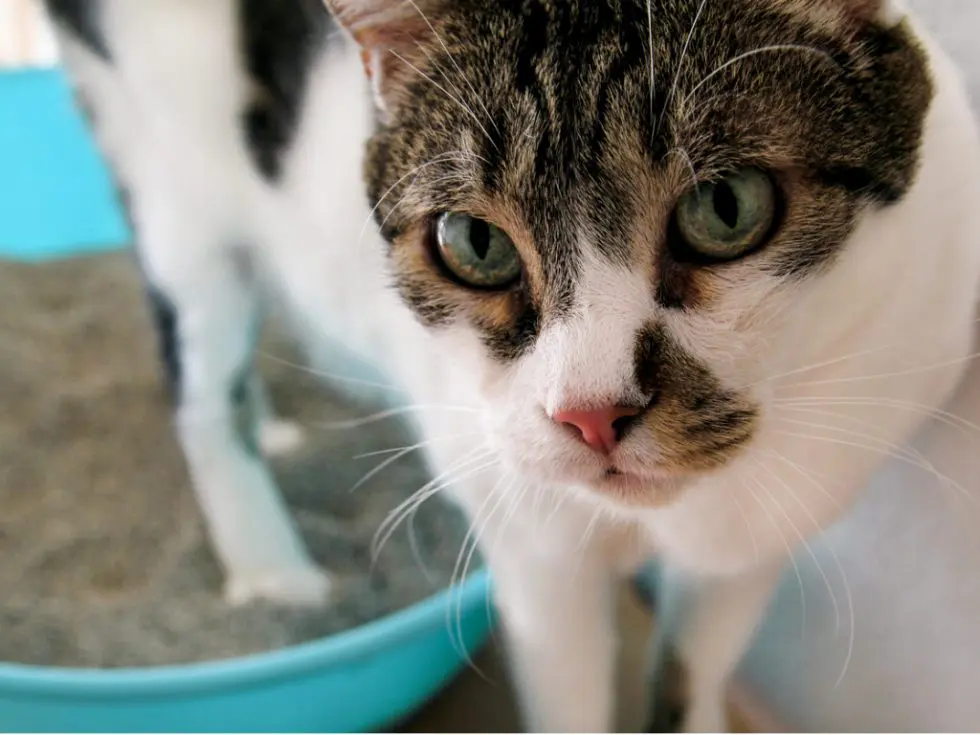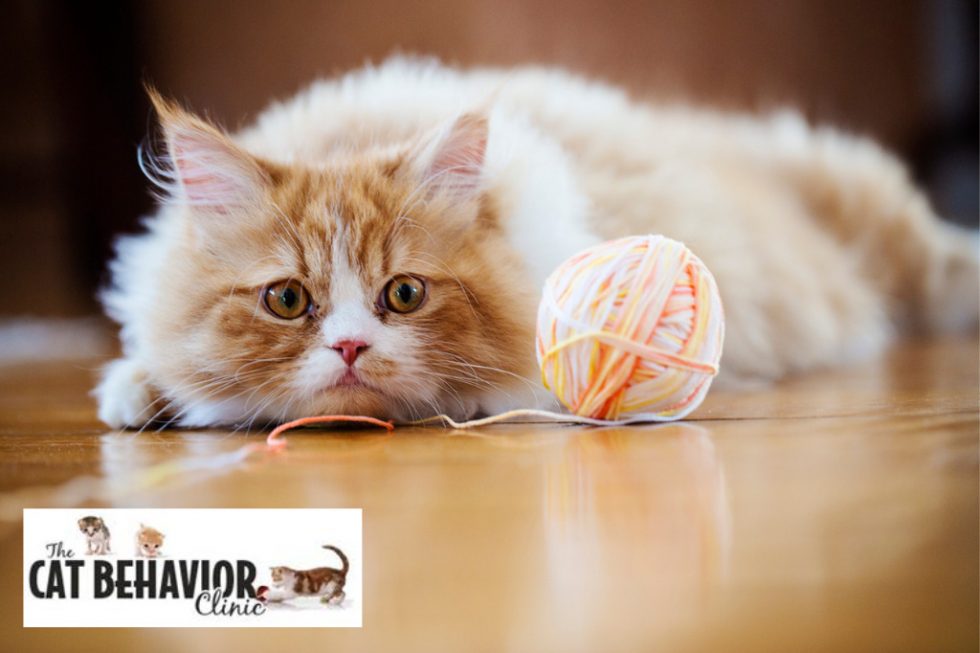How do I understand my cat’s personality?
Table of Contents
Section 1: The Basics of Cat Personalities
Section 2: Factors Influencing Cat Personalities
Introduction
Have you ever wondered why your cat acts the way it does? Cats have long been revered for their enigmatic and captivating personalities. From the playful and affectionate to the aloof and independent, these fascinating felines exhibit a wide range of behaviors and temperaments that make them one of the most beloved companions in the animal kingdom. In this blog, we will explore the rich tapestry of cat personalities, delving into the factors that influence their individuality and the different categories that these personalities can be grouped into.

Understanding your feline companion’s personality can lead to a stronger bond and better communication. In this blog, we will delve deep into the world of cat personalities, shedding light on what makes your cat tick, and how you can decode their behavior.
Q: How do I understand my cat’s personality?
A: Cats are complex creatures with diverse and intriguing personalities. Understanding the factors that influence their behavior and recognizing common personality types can help you provide the best possible care and companionship for your feline friend.
This blog aims to unravel the mysteries of cat personalities, helping you understand the various traits and behaviors that make each cat unique. By exploring three key subtopics, we will provide you with the tools to decode your cat’s behavior, ultimately strengthening your bond with your pet.
Section 1: The Basics of Cat Personalities
Cats are not a one-size-fits-all species when it comes to personality. They can be shy or outgoing, playful or reserved, and even bossy or easygoing. Understanding the basics of cat personalities is crucial for every cat owner. It allows you to tailor your interactions and create a more harmonious living environment for you and your cat.
- The Social Butterfly: Some cats are extroverted and love social interactions. They enjoy being the center of attention, crave cuddles, and are always ready to engage with their human companions.
- The Shy and Reserved: On the opposite end of the spectrum, there are cats who are more introverted and tend to be shy and reserved. They may take time to warm up to new people and prefer quieter environments.
- The Adventurous Explorer: Many cats have an adventurous spirit. They love exploring, climbing, and are often full of curiosity, constantly seeking new experiences.
- The Relaxed Laid-back Cat: These cats are easygoing and adaptable. They take life as it comes, enjoying relaxation and going with the flow.
- The Alpha Cat: Some cats have a strong, dominant personality, often exhibiting territorial behavior and a need to be in control of their environment.
Cats come in a wide range of personalities, and understanding these traits is the first step in building a strong relationship with your feline friend. Recognizing where your cat falls on the personality spectrum can help you meet their needs and provide them with a fulfilling life.
Section 2: Factors Influencing Cat Personalities
To truly understand your cat’s personality, it’s essential to explore the factors that influence their behavior. Cat personalities are not solely based on genetics; various environmental and upbringing factors play a significant role in shaping who they become.
- Genetics: Just like in humans, genetics play a role in determining a cat’s personality. Certain breeds may be predisposed to specific characteristics, but individual variations are still present.
- Early Socialization: The experiences a kitten has during their formative weeks can have a profound impact on their adult personality. Positive interactions and exposure to various stimuli are crucial for a well-adjusted cat.
- Environment: The environment in which a cat is raised, including the presence of other pets, family dynamics, and the layout of the home, can shape their behavior.
- Life Experiences: Traumatic events or experiences, such as abandonment or abuse, can leave a lasting imprint on a cat’s personality and behavior.
- Human Interaction: The quality and quantity of interaction with their human companions can significantly affect a cat’s personality. Positive interactions build trust and confidence.
Multiple factors contribute to a cat’s personality, making it a complex and unique combination of nature and nurture. Understanding these influences allows you to better empathize with your cat and adapt to their needs.
Section 3: Decoding Cat Behavior and Communication
Cats communicate through a combination of body language, vocalizations, and behavior. Learning to decipher these signals is vital for understanding your cat’s feelings and needs. This section will provide insights into the art of cat communication.

- Body Language: Cats use their bodies to express their emotions and intentions. Understanding cues like tail position, ear orientation, and eye contact can help you interpret their mood.
- Vocalizations: Cats have a wide range of vocalizations, from meows to purrs and hisses. Each sound carries a specific message, and learning to distinguish them is key to understanding your cat’s needs.
- Purring: While purring is often associated with contentment, cats may also purr when in pain or anxious. It’s essential to consider the context when interpreting this behavior.
- Play Behavior: Cats use play to communicate and release excess energy. Understanding their play style can help you engage with them more effectively.
- Aggression and Fear: Recognizing signs of aggression and fear is crucial for ensuring your cat’s well-being. This includes body postures and aggressive vocalizations.
Deciphering your cat’s behavior and communication is a skill that can greatly enhance your relationship. By paying attention to their signals and understanding their intent, you can build a stronger bond and provide for their emotional and physical needs.
Conclusion
In this blog, we’ve delved into the fascinating world of cat personalities, highlighting the incredible diversity that exists among our feline companions. From social butterflies to shy introverts, adventurous explorers to laid-back relaxers, and even the occasional alpha cat, every cat is a unique individual.
We’ve explored the factors that shape a cat’s personality, emphasizing the role of genetics, early socialization, environment, life experiences, and human interaction. Understanding these influences empowers you to provide the best possible care and support for your cat.
Cats have been our companions for thousands of years, and their mysterious personalities continue to captivate us. By taking the time to understand and connect with our feline friends, we can make their lives more fulfilling and share in the joys of their unique personalities. Embrace the diversity of cat personalities and cherish the bond you have with your furry companion.


